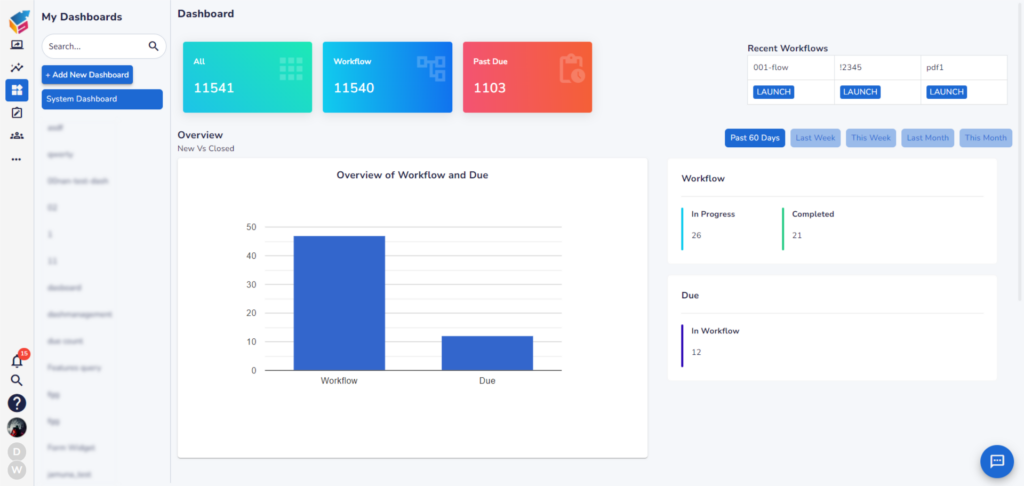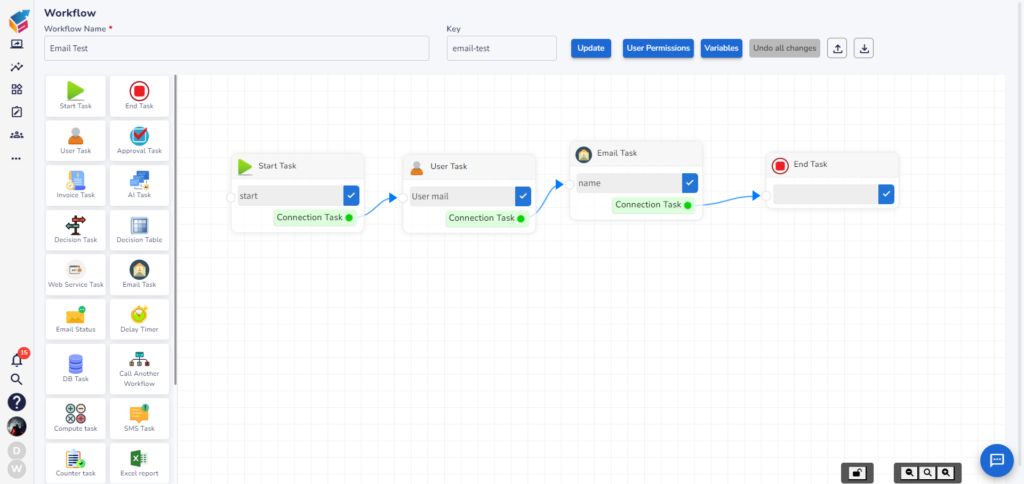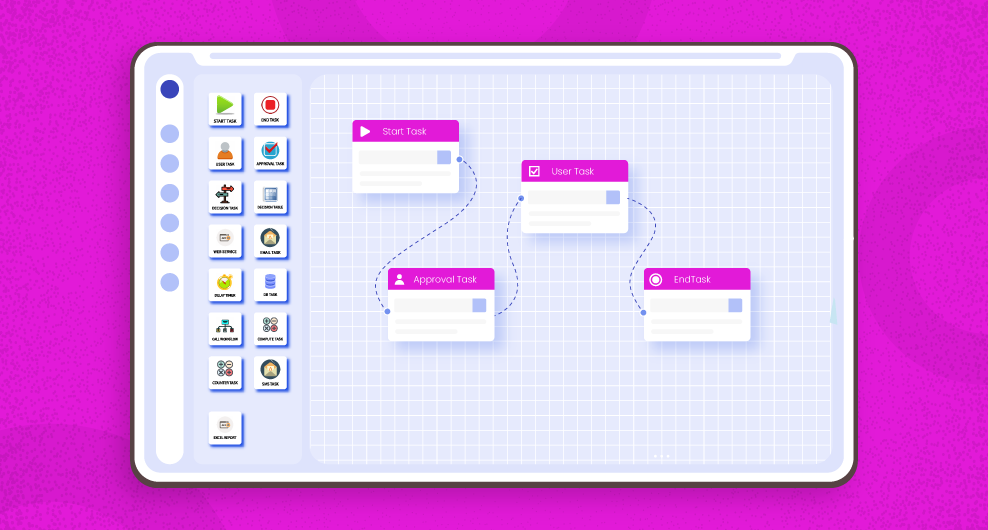Table of Contents
Low-code application development is a transformative approach enabling organizations to build robust applications quickly and efficiently. This methodology revolutionizes traditional development by minimizing manual coding, utilizing visual interfaces, and pre-built components. To further elevate this process, the integration of business blueprints becomes pivotal. Business blueprints, acting as strategic roadmaps, bring an additional layer of efficiency to low-code development by aligning projects with organizational goals and expediting timelines. In this article, we delve into six strategic methods that synergize low-code development with business blueprints.
These strategies encompass optimizing business processes, leveraging intuitive drag-and-drop workflow builders, prioritizing user experience, and implementing workflow automation. By focusing on these key aspects, organizations can harness the full potential of low-code development, enhancing their ability to create tailored and powerful applications in a rapidly evolving digital landscape.
What is Business Blueprint
A business blueprint is a strategic document that outlines the fundamental aspects of a business, serving as a roadmap for its operations and goals. It encapsulates the organization’s mission, vision, and objectives, providing a comprehensive view of how the business operates. This blueprint typically includes details on business processes, organizational structure, strategic initiatives, market analysis, financial overviews, and risk assessments.
In essence, a business blueprint acts as a guide for decision-making and planning, fostering a shared understanding among stakeholders about the company’s direction. It plays a crucial role in aligning various elements of the business, ensuring cohesion in operations and facilitating effective communication. For software development or process improvement, a business blueprint may also refer to a detailed plan or model guiding the design and implementation of specific projects or systems, serving as a foundation for successful execution. Overall, the business blueprint is an invaluable tool that helps businesses navigate challenges, capitalize on opportunities, and work towards sustainable growth.
Benefits of Using Business Blueprint
Combining a business blueprint with low-code development yields significant advantages for application development. The business blueprint provides a strategic roadmap, aligning development efforts with organizational goals. This clear vision expedites the development process by offering a structured foundation, allowing teams to swiftly translate business requirements into functional applications.
Low-code development’s agility, coupled with the business blueprint, results in efficient workflow design. Drag-and-drop features streamline the creation of application workflows, reducing the need for extensive coding. The emphasis on user-centric design in business blueprints aligns seamlessly with low-code platforms, enabling the creation of intuitive interfaces that enhance user experience and satisfaction.
Strategies to Supercharge Low-Code Development with Business Blueprints
Embrace Low-Code Platforms for Rapid Development

Low-code platforms are the foundation of efficient low-code application development. These platforms empower developers to create applications with minimal hand-coding, using visual interfaces and pre-built components. By leveraging low-code platforms, businesses can accelerate their app development cycles, allowing for quicker deployment and iteration.
Utilize Business Processes as a Blueprint
Business processes serve as the blueprint for successful low-code application development. Understanding and mapping out key processes within an organization provides a clear roadmap for application design. This approach ensures that the developed applications align with business goals, streamline workflows, and enhance overall efficiency.
Harness the Power of Drag-and-Drop Workflow Builders
Simplify the development process by incorporating drag-and-drop workflow builders. These intuitive tools empower developers and even non-technical users to design workflows effortlessly. By eliminating the need for complex coding, these builders accelerate the development cycle and encourage collaboration between technical and non-technical teams.

Prioritize User Experience for Enhanced Applications
User experience is a critical aspect of any application’s success. With low-code development, businesses can focus on creating applications with a user-centric design. By incorporating user feedback during the development process, low-code platforms enable the creation of applications that not only meet user expectations but also enhance overall satisfaction and adoption.
Implement Agile Workflow Methodologies
Agile methodologies are well-suited for low-code development projects. Embracing an agile approach allows for iterative development, continuous feedback, and the ability to adapt to changing requirements. By breaking down the development process into smaller, manageable sprints, teams can enhance collaboration, maintain flexibility, and deliver high-quality applications at a faster pace.
Facilitate Citizen Development for Productivity Apps
Empower non-technical users within your organization through citizen development. Low-code platforms enable individuals with domain expertise to contribute to app development by building productivity apps, web forms, and more. This approach not only accelerates the development process but also fosters a culture of innovation within the organization.
Conclusion
Supercharging low-code development with business blueprints is a strategic approach that optimizes the efficiency and effectiveness of application development. By embracing low-code platforms, leveraging business processes, utilizing drag-and-drop workflow builders, prioritizing user experience, implementing agile methodologies, and facilitating citizen development, organizations can propel their low-code development projects to new heights.
In the ever-evolving landscape of technology, where speed and adaptability are paramount, the synergy between low-code development and business blueprints is a winning formula. As organizations continue to seek ways to innovate and stay ahead, the integration of these strategies becomes a key driver for success in the world of application development.




